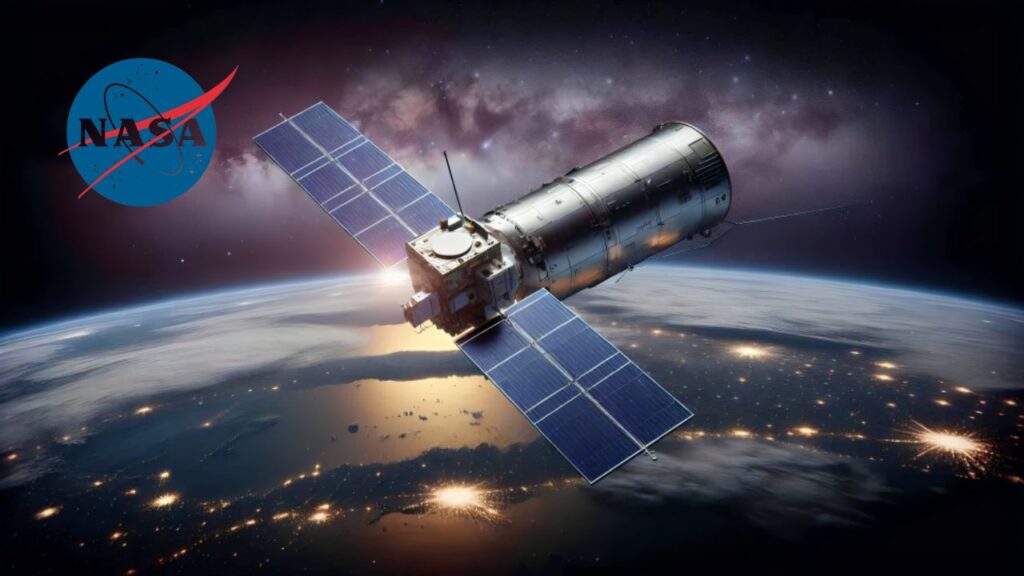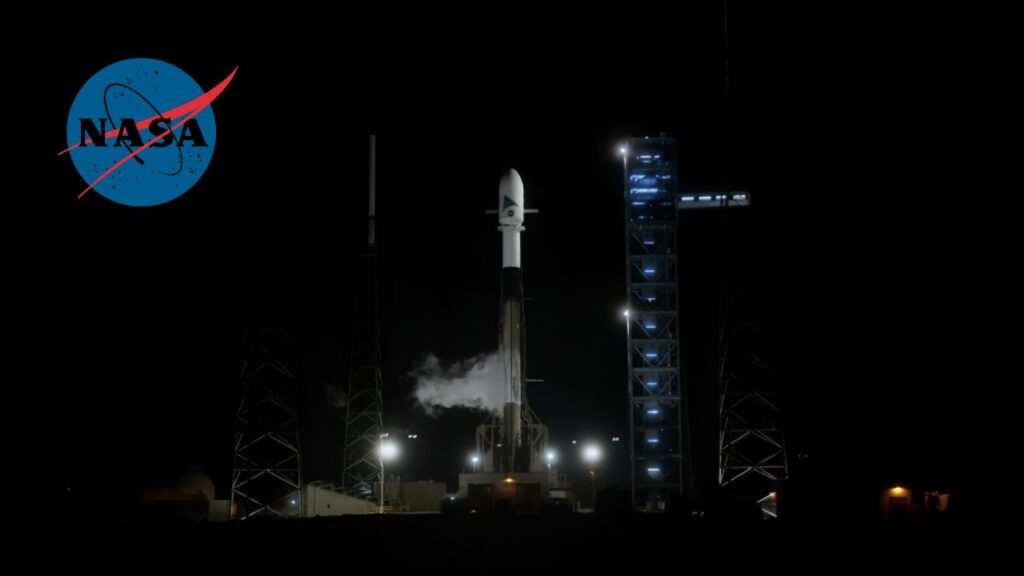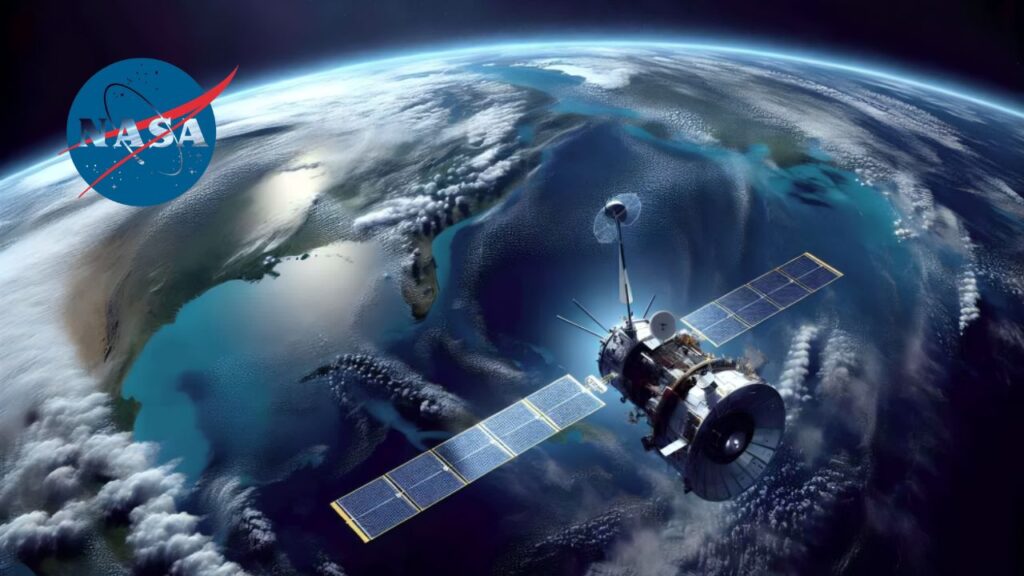NASA New Mission , PACE (Plankton, Aerosol, Cloud, ocean Ecosystem), embarks on a journey to uncover the invisible forces shaping our world. This groundbreaking endeavor seeks to shed light on the microscopic realm of plankton and aerosols, unlocking mysteries that hold profound implications for Earth’s climate and ecosystems.
NASA New Mission: Delving into the Depths
At the core of the PACE mission lies a quest to reveal the hidden inhabitants of Earth’s oceans and atmosphere. Plankton, microscopic plants, play a pivotal role in regulating the planet’s climate by absorbing carbon dioxide and producing oxygen. Despite their minuscule size, these organisms wield immense influence over the health of our oceans and the stability of global climate systems.
Through cutting-edge technology, including hyperspectral ocean color instruments, PACE aims to map the distribution and composition of plankton with unprecedented precision. By doing so, scientists hope to gain a deeper understanding of the complex interactions between phytoplankton and their environment, from nutrient cycles to ecosystem dynamics.
Beyond the ocean’s surface, PACE extends its gaze skyward, probing the realm of aerosols that drift through Earth’s atmosphere. These microscopic particles, emitted by natural processes and human activities, play a dual role in shaping our climate. On one hand, aerosols can scatter sunlight and form clouds, exerting a cooling effect on the planet. On the other hand, certain aerosols contribute to global warming by absorbing solar radiation.

Unraveling the Impact
As PACE surveys the ocean and sky, it seeks to unravel the intricate web of interactions linking plankton and aerosols to the broader climate system. By studying how these entities influence the exchange of energy and chemicals between the atmosphere and the ocean, scientists aim to refine climate models and improve our ability to forecast future climate scenarios.
Moreover, PACE holds the promise of unlocking insights into the health of marine ecosystems and the sustainability of fisheries worldwide. By monitoring changes in plankton populations and identifying harmful algal blooms, the mission provides invaluable data for conservation efforts and ecosystem management.

Challenges and Controversies
Yet, amidst the excitement surrounding PACE’s goals, the mission also confronts daunting challenges and ethical dilemmas. The prospect of manipulating plankton populations to mitigate climate change raises profound questions about potential risks and unintended consequences. Similarly, the study of aerosols prompts concerns about the ethical boundaries of geoengineering and the need for responsible stewardship of Earth’s delicate balance.
Looking to the Future
As PACE embarks on its journey of discovery, it serves as a beacon of hope and curiosity, inspiring a new generation of scientists to explore the hidden realms of our planet. With each new revelation, the mission brings us closer to unraveling the mysteries of plankton and aerosols, illuminating the invisible threads that weave together the fabric of life on Earth.

Conclusion
NASA New Mission stands as a testament to humanity’s insatiable curiosity and boundless ingenuity. By peering into the microscopic world of plankton and aerosols, we deepen our understanding of Earth’s complex climate system and reaffirm our role as stewards of a fragile planet. As PACE charts its course through the cosmos, it beckons us to embrace the unknown and journey boldly into the future, where the wonders of the universe await discovery.
For more related post:





